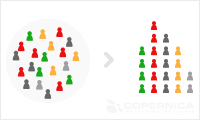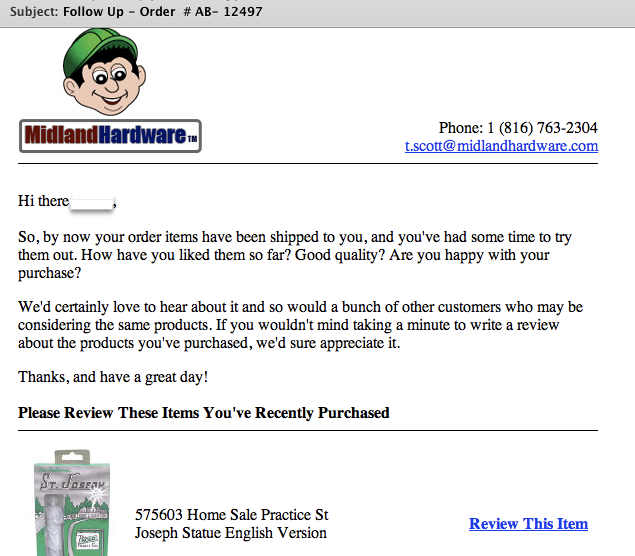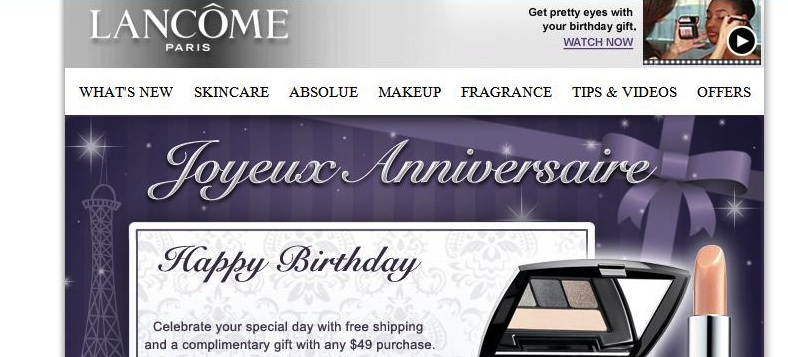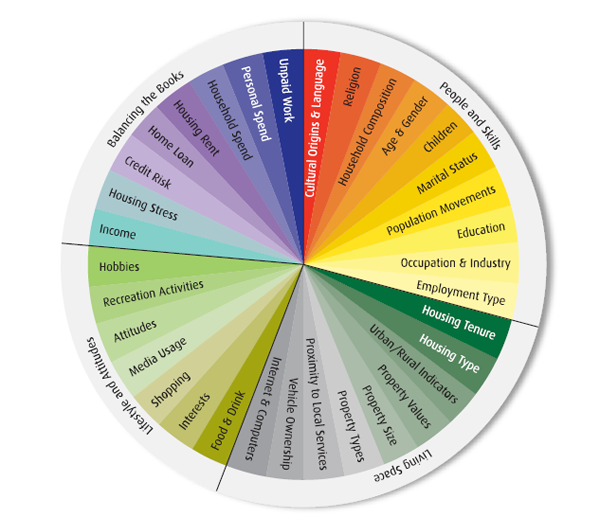5 Uncommon ways for ecommerce retailers to segment their email list
by Michael Heering
 It’s “divide and conquer” when it comes to email lists. Your analytics team is charged with putting your customers into their respective buckets. Then it’s the job of the marketing and creative teams to come up with relevant messaging targeted to each segment.
It’s “divide and conquer” when it comes to email lists. Your analytics team is charged with putting your customers into their respective buckets. Then it’s the job of the marketing and creative teams to come up with relevant messaging targeted to each segment.
Marketers are familiar with the traditional types of segmentation, such as gender, age, location and engagement. These types of segmentation pay (literally), however, it can be even more rewarding to dig a little deeper into your list and find the correct segmentation for the job.
Following are five less-common methods of segmenting your list.
1. Shipping habits
Do your customers ship to themselves (self-purchase) or to other addresses (gift giving)? Do they purchase at certain times of the year - around holidays, for example? Do they ship out of state? Out of country (assuming you can accommodate that)? Do they ship a certain number of products on average? What is the average order value? If so, target shipping offers and/or cross-sells and upsells that will be enticing to each segment.
2. Product/service reviews
There are a lot of customers who rely on the reviews of others, especially in ecommerce. Find out how to capture - and capitalize on - this data.
Has the customer written a review? On which products? Was it positive? Even negative reviews can increase conversions. If they have never written a review, you can think about an email enticing these customers to do so.
If you don’t already incorporate reviews on your site and in your emails, consider doing so. A transactional email is an easy way to seek reviews, as in this example from Midland Hardware:
3. Purchase and lifecycle Milestones
Customers’ birthdays are becoming a common method of email segmentation. But think about other milestones, such as anniversaries. Wedding sites target by wedding date; maternity websites by due date, etc. If your site promotes children’s products, ask for children’s, grandchildren’s, nieces’ and nephews’ birthdays.
When you do send a birthday promotion, take the effort to make the recipient feel special, as in this Lancôme email:
The same mechanics of event driven email can be used for products. If your site caters to a specific audience, such as homeowners, ask for the date they moved into their home. This could determine products/services they’ll need for upkeep and renovation of their property. The same goes for automobiles, appliances, office equipment or anything that requires regular maintenance.
In short, segment by key lifecycle or purchase milestones.
4. Social sharing
Which customers have posted, pinned, tweeted or blogged about your product/service? Create email campaigns that target this socially active group. Depending on your list makeup, you can expand this segment to include those who’ve referred customers or who have participated in friends & family promotions.
Be careful not to make assumptions about the age of your socially active customers. Keep in mind that online habits span many age groups.
5. Level of engagement
By level of engagement, I mean segment by those who take advantage of interactive elements in your emails (or on your website). These customers respond to surveys, enter contests, vote for their favorite products/services.
Keep in mind, though, that names acquired from online contests and sweepstakes are usually less responsive than those who opt in to your email campaigns. It is this new form of engagement email marketing that excites marketers these days. For those who aren’t as likely to engage with your company/brand, find alternative ways to get them to connect.
The only requirement that this type of email marketing has, is that you have an email tool that can handle multiple segmentation criteria and can automatically trigger emails based on dynamic content. It would be nice if the tool could also function as a central database that is fit to retain multi-dimensional data, but this can also be done by using ecommerce (like Magento) plug ins.
What other ways of segmenting your list can you think of? You know your ecommerce business best, so take a look at what your company offers and how your customers respond to emails. Do be careful, however, not to over-segment. It’s not cost-effective to send lots of emails to tiny lists. That also can affect the statistical significance of your tests.
A last word of advice
No matter how you segment your lists, you’ve got to segment, analyze the results, and apply the learnings to upcoming campaigns. You also should apply the learnings to your lists, which you may need to slice and dice differently depending on the results.
This article was originally posted on Econsultancy: 5 uncommon ways for ecommerce retailers to segment their email list





